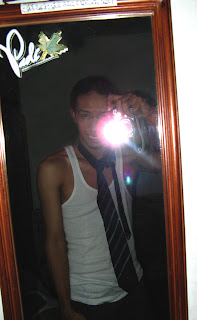Kebon’s Hand-Painted Batik Revive after the Quake
| (© Eka Wahyu) |
Kebon Village in Bayat, Klaten, Central Java, is one of the centers of traditional batik painters that use natural dye. Before the earthquake shook Jogjakarta and Central Java in 2006, some of this village’s batik painters were laborers in famous batik enterprises in Jogjakarta and Solo. However, after the earthquake, most of them returned to their village and worked only when there were orders from wholesalers.
Recognizing the potential of Kebon Village, the International Organization for Migration (IOM) with the support of Java Reconstrustion Fund (JRF), currently extends assistances to the 5 groups in hand-painted batik sector, which consisted of 169 batik painters through a recovery for micro and small enterprises program that have been ran for 4 years since the earthquake.
| (© Eka Wahyu) |
| (© Eka Wahyu) |
For more information about this traditional batik village, please contact:
Batik Tulis Kebon Indah Group
Email: batik_kebon@yahoo.com
Ibu Dalmini: 0857 256 91539 (Bahasa Indonesia only)
Ibu Sri Windarti: 0813 926 04708 (Bahasa Indonesia only)
Batik Tulis Kebon Indah Group
Email: batik_kebon@yahoo.com
Ibu Dalmini: 0857 256 91539 (Bahasa Indonesia only)
Ibu Sri Windarti: 0813 926 04708 (Bahasa Indonesia only)
Published in Jogjapages.com on June 17, 2010.

Comments